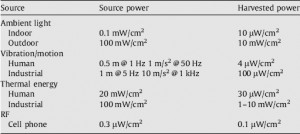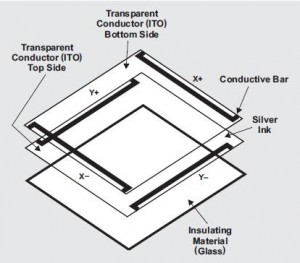AT&T’s recent national outage of their U-Verse voice service affected me for most of one day last month. Until recently, such outages never affected me because I was still using a traditional landline phone service. That all changed a few months ago when I decided that the risk and consequences of an outage might be offset by the additional services and lower cost of the VoIP service over the landline service. Since the outage, I have been thinking about whether I properly evaluated the risks, costs, and benefits, and whether I should keep or change my services.
The impact of the outage was significant, but not as bad as it could have been. The outage did not affect my ability to receive short phone calls or send and receive emails. It did however severely reduce my ability to make outgoing phone calls and to maintain a long phone call as the calls that did get through would randomly drop. I had one scheduled phone meeting that I had to reschedule as a result of the outage. Overall, the severity and duration of the outage was not sufficient to cause me to drop the VoIP service in favor of the landline service. However, if more similar outages were to occur, say more frequently than on a twelve months cycle or for more than a few hours at a time, I might seriously reconsider this position.
An offsetting factor in this experience was my cell phone. My cell phone sort-of acts as my backup phone in emergencies, but it is insufficient for heavy duty activity in my office because I work at the edge of a wireless dead coverage spot in the mountains. I find it ironic that the cell phone has replaced my landline as my last line of defense to communicate in emergencies because I kept the landline so long as a last line of defense against the wireless phone service going down.
Many people are making this type of trade-off (knowingly or not). A May 12, 2010 report from the Centers for Disease Control and Prevention, says that 24.5% of American homes, in the last half of 2009, had only wireless phones. According to the repost, 48.6% of adults aged 25 to 29 years old lived in households with only wireless phones. The term VoIP never shows up in the report, so I cannot determine whether or not the data lumps landline and VoIP services into the same category.
Going with a wireless only household incurs additional exposures of single point of failure. 9-1-1 operators cannot automatically find you in an emergency. And in a crisis, such as severe storms,
the wireless phone infrastructure may overload and prevent you from receiving a cell signal.
The thing about single points of failure is that they are not always obvious until you are already experiencing the failure. Do you permit single point failures in the way you design your projects or in your personal life choices? For the purpose of this question, ignoring the possibility of a single point failure is an implied acceptance of the risk and benefit trade-off.
If you would like to suggest questions to explore, please contact me at Embedded Insights.
[Editor's Note: This was originally posted on the Embedded Master]




